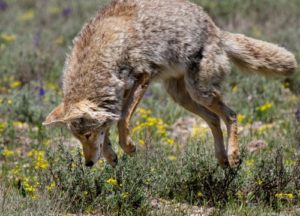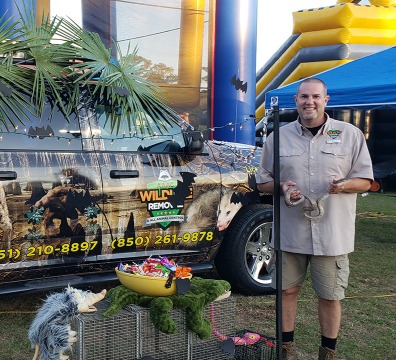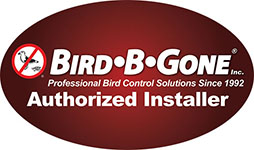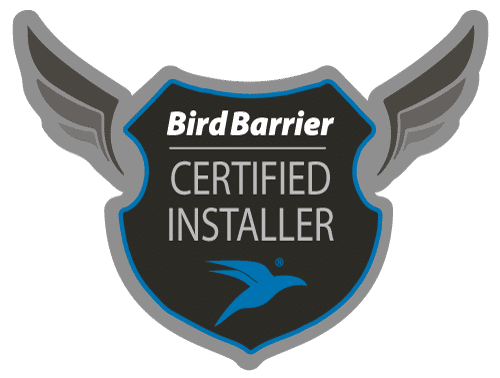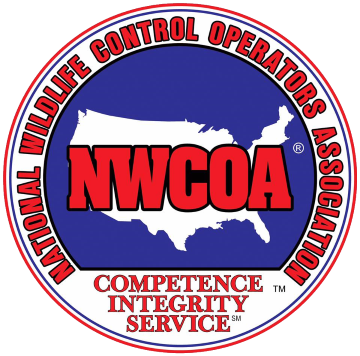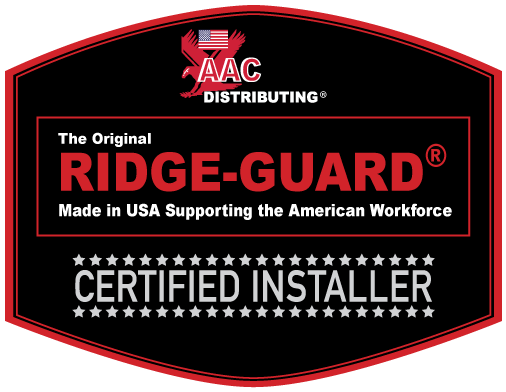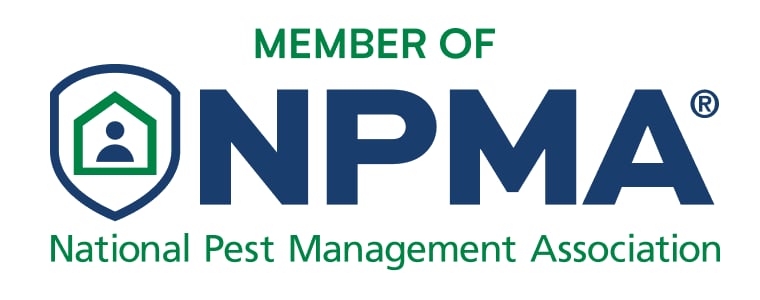If it’s not the howls, barks and whines heard in the night from a pack on the hunt, the long rope-like and hair-filled scat seen on a trail is a sure sign of a coyote. You might have also found the odd dog track in the mud or snow. If you can find a few of them and you notice they are going in a straight line, it’s probably not a dog (domestic dogs tend to leave irregular and weaving track patterns as they leisurely sniff around an area).
Coyotes are typically much more afraid of humans than we are of them. But the problem is that they might still be attracted near your home by an easy meal: a small dog, cat or livestock.
Our AAAC Wildlife Removal pros are here to help you get rid of your wayward coyotes, and make sure they stay away. Coyote control and removal should be initiated as soon as the animal has been discovered living in the area. Call now for a quote!
Coyotes and your Pets and Livestock
Coyotes become a problem when they attack and/or kill livestock and pets. Coyotes have been known to attack humans, especially small children if they are desperate. They attack those that they feel are most vulnerable. Just having a dead animal that has been eaten by a coyote does not mean that a coyote killed it; they are scavengers.
Puncture wounds around the base of the skull on the back of the neck of a dead animal, or signs of a struggle, like blood and trampled plants, can all point to a coyote attack.
Coyotes in your Neighborhood
Coyotes can often find their way into crawl spaces, underneath porches and patios and even into basements. They’ve also been known to find shelter under decks, sheds and outbuildings. Any structure that is elevated off the ground can serve as a perfect location for coyotes to raise a family. Coyote pups are generally born in late April or May. If you hear strange barking or yipping sounds on your property, you may have some coyote pups on your hands.
Because of the coyote’s wide range and diet, it has been known to carry a very large variety of diseases. They are vectors for diseases such as rabies, distemper and mange. All of these are communicable to both humans and pets through their bite or even simple contact. Make sure that your pets are properly vaccinated to ensure both your and their wellbeing.
Coyote Trapping and Removal
If you discover a coyote on your property, contact an animal control specialist. In many cases, trapping and removing a coyote is the necessary solution. At AAAC Wildlife Removal, we can guarantee that our professionals will not only thoroughly resolve the problems generated by coyote occupation, but they will do so in a humane way that respects the life of the animal.
Deodorization and Deterrence
Coyotes can produce noxious smells, and after removal it’s important to consider this. It is important to deodorize the affected area so that other coyotes will not be attracted to return.
To exclude coyotes from properties, homeowners may need to install electric fences or other deterrents, as the pests are known to scale, dig under, and go through gaps in traditional fencing. Additionally, closing off crawl spaces beneath porches, decks and sheds prevents coyotes from building dens and rearing their young. Guard animals may also work as a coyote deterrent.
As the coyote’s range continues to expand, we can expect coyotes to continue to intrude into densely populated areas. If you notice a coyote on or near your property, contact AAAC Wildlife.
Our friendly AAAC Wildlife Removal specialists are qualified to make damage repairs and seal these entry points so you don’t have to worry about your furry friends making a repeat visit!

